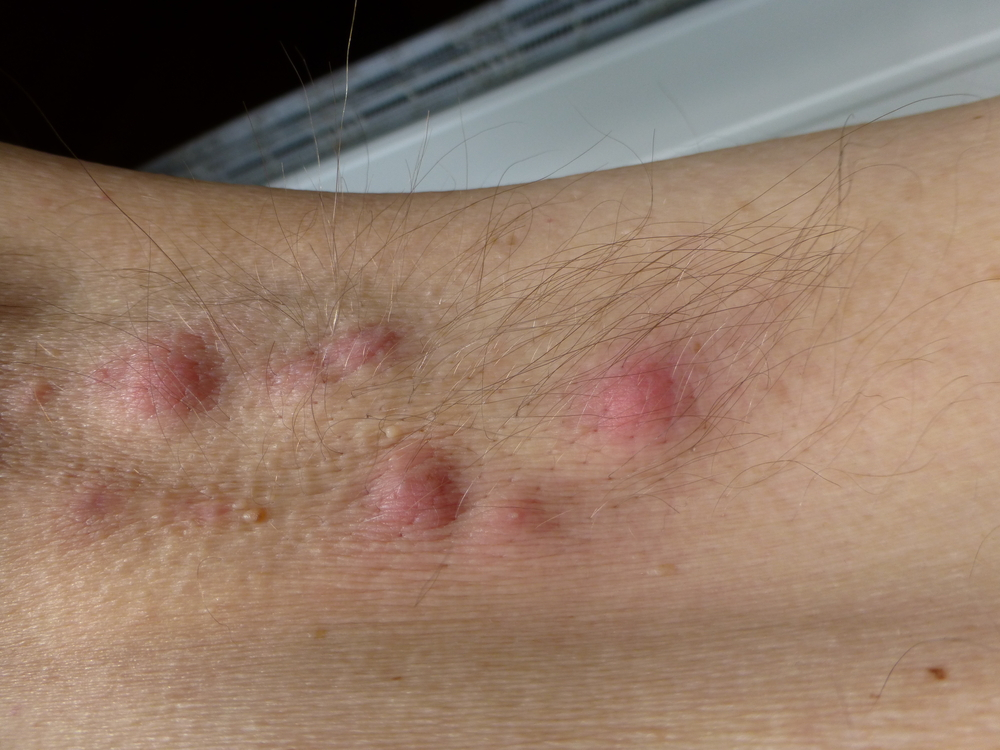When we hear the word acne, we usually think of pimply teenagers. Acne inversa differs significantly from this. Symptoms, causes and treatment of the skin disease: Womensalphabet.com clarifies!
Acne inversa – What is it?
Acne inversa, also known as Hidradenitis suppurativa, is a chronic, intermittent inflammatory disease of the skin. It leads to pea-sized, aching nodules, blackheads, cysts or abscesses that form on internal parts of the body. The following body regions are affected:
- Armpits
- Strips
- Genital area
- Buttocks
- for women: also the area under the breasts
The abscesses can burst open and pus, blood or a foul smelling secretion can escape. About one percent of the population suffers from the non-infectious disease. Many patients, however, feel ashamed and search the Internet for explanations for the symptoms instead of seeking advice from a doctor. It can take years before the disease is recognized. On average, it takes more than seven years for acne inversa to be correctly diagnosed. This makes treatment difficult and the symptoms get worse.
Especially the psychological consequences of acne inversa are drastic: the affected persons withdraw from the acne because of fear of rejection, it can lead to severe depressions. At the same time, the risk of developing additional cardiovascular problems or diabetes increases.
Causes of acne inversa
Acne Inversa (Hidradenitis suppurativa) is caused by the following factors:
- Smoking
- Overweight (Adiposity)
- Stress
- Removal of body hair (so when shaving, bacteria can penetrate the skin through micro injuries and cause inflammation)
- Excessive sweating
- Mechanical irritation, e.g. by strong friction
- Hereditary predisposition
Acne inversa: Treatment
Acne inversa or Hidradenitis suppurativa is not completely curable. With the appropriate therapy, however, the symptoms can be brought under control and minimized. Early diagnosis is crucial:
- In mild cases, antiseptic creams may help.
- Manuka honey is known for its antiseptic and anti-inflammatory effects. At the same time it promotes the healing of skin lesions.
- Permanent hair removal can also help to reduce the symptoms of the disease.
- In severe cases an antibiotic (doxycycline) is prescribed, which is mainly effective against the inflammation.
- In most cases, however, abscesses are removed with a surgical procedure.
- Psychotherapies help patients to reduce stress and help them to learn to live better with the disease.
It is important not to pop the purulent pustules! Otherwise the inflammation can worsen and pimple marks can develop.


Smoking and being overweight do not cause this condition. These, along with friction, stress, and hair removal can make the condition worse. They do not *cause* it. The best guess for cause is genetics
A mí me funcionó bastante bien ,mejore mucho ,tomando vit c con Zinc.